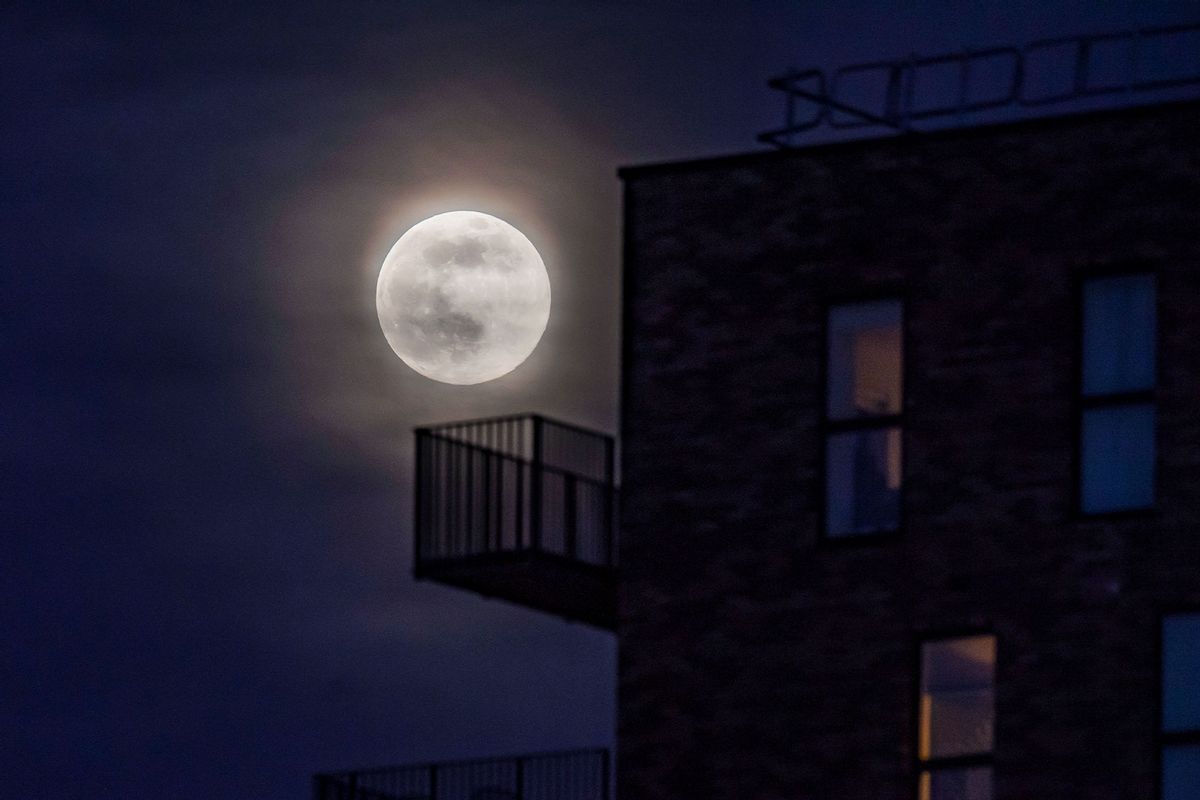Looking good for her age: Moon may be 40 million years older than we thought, analysis reveals

They’ve been on Earth since astronauts brought them home in 1972, but a new study of the lunar regolith samples collected during the Apollo 17 mission may have revealed the true age of the moon — potentially 40 million years older than previously thought. Measuring individual uranium and lead atoms found in crystallized moon dust particles, a team of researchers estimated Monday that the moon is actually 4.46 billion years old. The research was published in the journal Geochemical Perspectives Letters.
“It’s amazing being able to have proof that the rock you’re holding is the oldest bit of the moon we’ve found so far. It’s an anchor point for so many questions about the Earth. When you know how old something is, you can better understand what has happened to it in its history,” lead author Jennika Greer said in a release.
The crystals in the dust, composed of zircon, formed during the event that created the moon itself — when a Mars-sized object hit the Earth with such impact that a massive object was spun off with a molten surface. When that lunar magma ocean cooled, that’s when the zircon crystals could finally form, locking in chemical signatures that the Field Museum scientists can now measure with radiometric dating technology.


